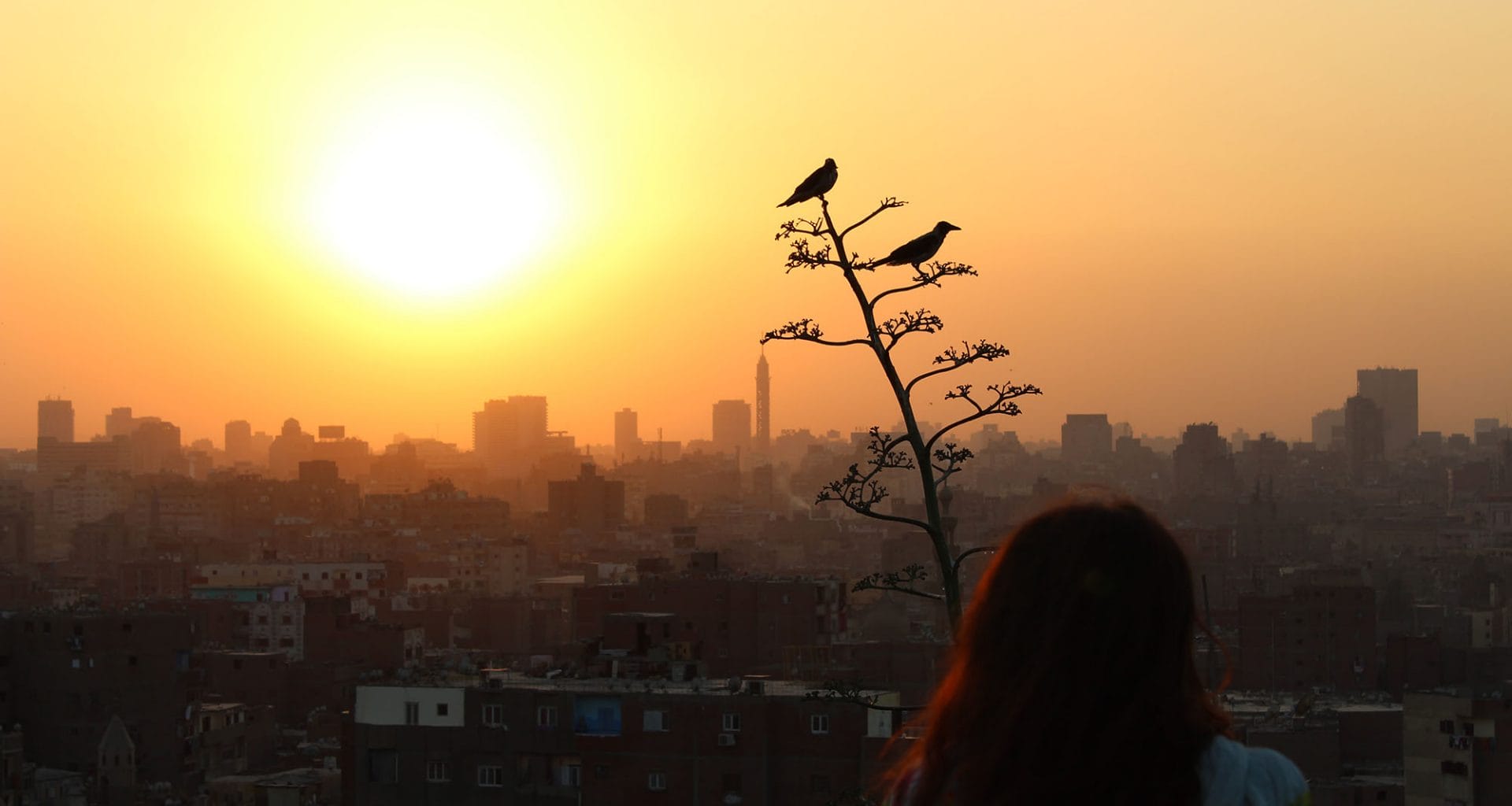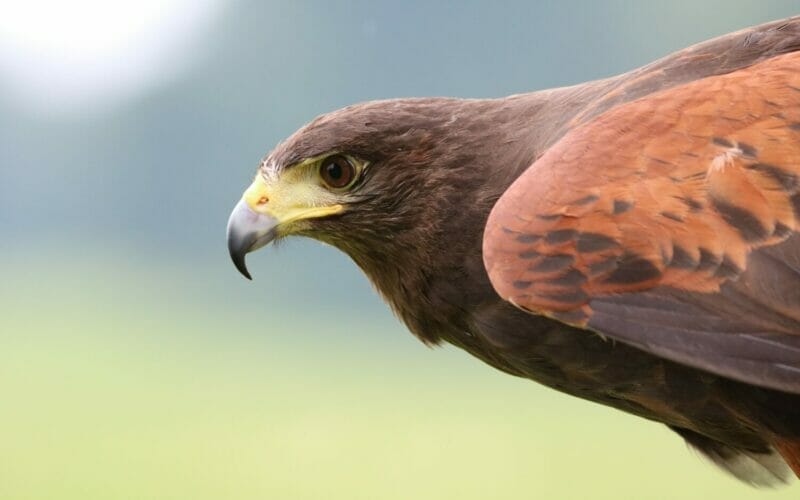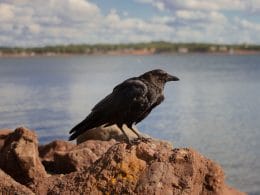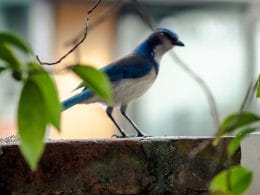If you are a newcomer to the world of these feathered friends, the answer to the question, ‘what is the best weather for birdwatching?’ might surprise you. Although knowing the behavioral patterns of birds through changing weather patterns is vital for successful viewing, there are various other factors to consider when birding.
The quick answer is that anytime the weather is clear and sunny is the best time for bird watching. Clear weather with no rain allows you to see the furthest distance and provide birds with great feeding conditions. This doesn’t mean you won’t see birds when the weather is overcast though! Bird activity also is heavily correlated with the season and time of year.
Still curious what the best weather and seasons for bird watching are? Keep reading to learn even more!
Best Weather for Bird Watching: Season by Season
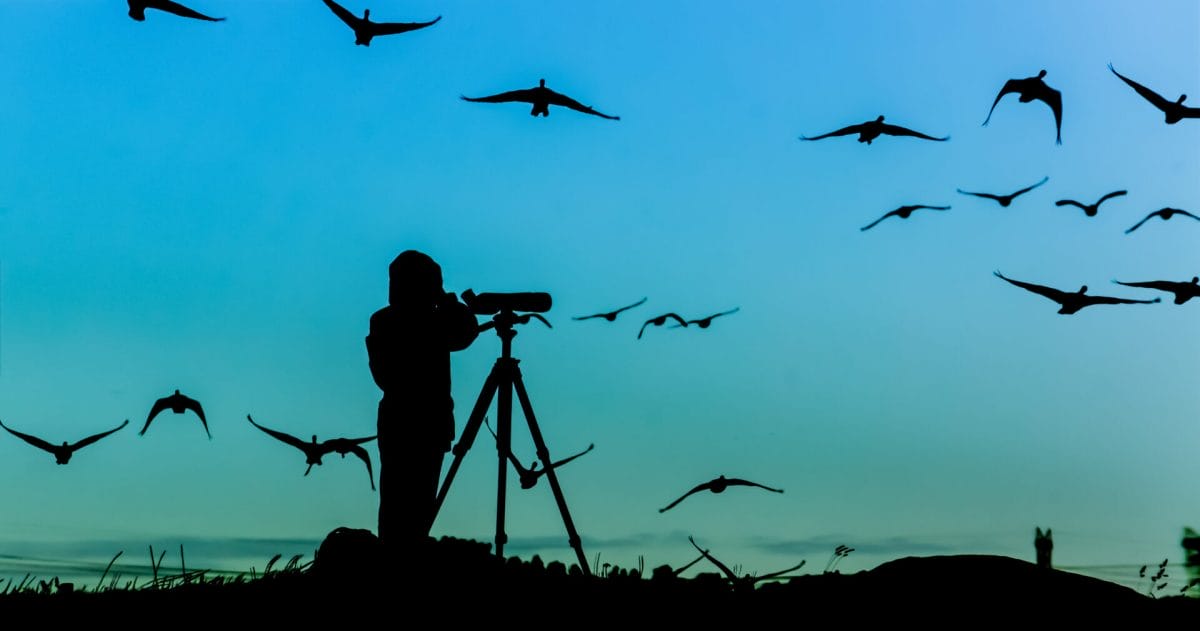
For newcomers, novices, and avid bird watchers, spring is undoubtedly the best time of the year for viewing. The weather is warming up, and there is a hive of activity as the birds emerge from a long and cold winter.
Bird Watching in Spring and Summer
As spring sets in and the weather start to warm, all of the birds’ favorite food sources begin to reappear. This also happens to be the mating season, so with their attractive fresh feathers, they will look for partners and ultimately build their nest.
Spring usually brings a flurry of birding activity, which is especially highlighted when a birder uses his ears for birding. Birds tend to be more vocal in the spring, especially for bird species that love the warmer weather and might be establishing territories and finding mates.
The early mornings are some of the best times to listen to the bird songs, especially as the world seems still and peaceful. Bird song is one way to identify different bird species in the area. Birders who head out with a knowledge of local bird calls can locate and identify birds that may not be immediately visible.
Great for Bird Watchers Too
The Spring and Summer seasons are well-loved by humans for the warm sun, as we feel embraced by the warmth after a long cold winter, or even night for that matter, so too do birds. In the late Spring (depending on your area, this could be early Spring) to Summer seasons offer excellent birding weather. The summer sun entices birds out into the open, especially in the mid-afternoon when the sun has reached its zenith. But this is not only limited to Spring and Summer- birds love to find a patch of warm afternoon sunlight, especially in colder temperatures. But the warmth of the sun is not the only benefit birds seek- they use the warm sun to help with both temperature regulation and feather mite control.
In summer, when temperatures are at their highest, birds will do all their singing, eating, and flying in the morning and again in the evening when the air is cooler. During the hot afternoons, they spend more time resting quietly in the shade. During this time, they will also bathe regularly and enjoy cooling off in shallow water, just like we do.
Bird Watching in the Fall and Winter

The best weather for bird watching in the fall will naturally depend on the area and climate in your area. In most regions, fall brings declining temperatures. Let’s see how birds behave in this environment.
As the fall approaches and the temperature starts to decline, most birds prepare to migrate. They migrate to ensure sufficient food sources in the winter months, but birds will typically not migrate if there is food year-round where they live.
In the winter months, activity is at its lowest. Although birds are equipped to withstand sub-zero temperatures, they spend most of the time huddled up at home conserving energy. Some birds go into torpor. This is a state where they lower their body temperatures and heart rates, which allows them to save energy (similar to hibernation.)
Author Note: There are, however, some of the best places for winter bird watching right here in the US. In the fall months, large flocks of migrating birds take flight to land in the Southwest (New Mexico and Arizona in particular).
It should come as no surprise that Florida is flush with birds all year round, especially in the Everglades National Park. Florida is also home to the world’s largest stand of a particular tree, the virgin cypress trees, home for Wood Storks, Swallow-tailed Kites, and Limpkins. Other regions that offer excellent birding in the winter months are:
- Cape May in New Jersey (particularly for migrating hawks)
- Lake Erie ( the freshwater marshes and sandy shores are loved by hawks and songbirds)
- California Coast (famous for the albatrosses of Monterey Bay and sea birds such as puffins close to Point Reyes National Seashore)
- Texas ( loved for the sightings of hummingbirds, buntings, hawks, flycatchers, and many more)
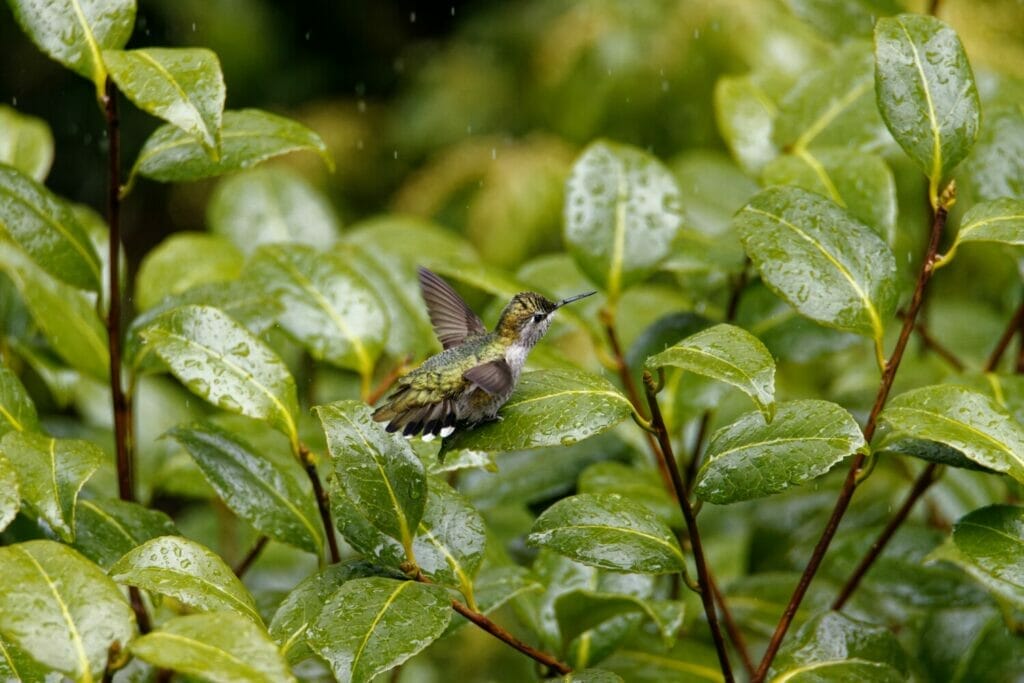
Is it Worth Bird Watching in the Rain?
If it happens to be wet out, do not be discouraged from birding. Although it may be unpleasant, rain does bring birds to roost. The rain also offers a rare opportunity to view birds that may be downed during their migration.
Storms and heavy rains can encourage rare sightings of certain birds. For example, in the Golden Gate area of San Francisco, some pelagic birds can be sighted in the bay- accounting for the only sightings of these types of birds in the East and South Bay.
Land birds will generally keep feeding if light rain is falling, but most land birds will head into roosting when the rains get heavier. Some birds can hunt when the rains come down, especially when the water begins to flush out food sources such as worms and other crawling creatures that live in the topsoil layers.
Species Active in the Rain
Thrushes are also particularly active in the rain compared to other birds. They spend time in the rain gathering freshly unearthed worms and grubs. Songbirds are usually seen perched amongst the foliage, waiting for the rain to pass. Although they can be challenging to see with an untrained eye because of how motionless they are, they can be spotted with persistence and attention to detail.
After the rains have passed, and the sky seems to dry up for a while, a keen bird watcher could spot raptors such as hawks and other birds of prey giving their wings a stretch after hiding out from the rain. This makes for an unusual sighting, very much as the spiritual depictions atop totem poles.
Once bad weather has passed, birds can become even more active than usual as they load up on food and enjoy the good weather again for flying and feeding.

Bird Watching in the Wind
If it happens to be windy outside, most smaller birds will huddle down. Smaller birds will typically get low, close to ground level, and seek natural cover. Don’t be surprised if you spot birds hiding behind large rocks in an attempt to stay out of the wind’s grasp. Most birds do not like the wind, as ruffled feathers can disrupt temperature regulation and reduce their energy levels.
This is why wind is possibly one of the worst weathers for bird watching. But if you are faced with endless days of wind, don’t worry; there’s still hope. Larger birds will take flight and have even been compared to children playing “tag.”
Sometimes it is an advantage for it to be windy, particularly if you are in a sheltered position. If birds are struggling to fly into a head wind, it slows them down and means you get a better look at them.
Feeding Time: Prime Time for Bird Watching

Most of a bird’s day will be spent feeding, either hunting or foraging for food sources to feed themselves, a mate, or hatchlings that cannot provide themselves. When the morning is just beginning, and the natural world seems to be coming out of its slow slumber, this is when the birds are most active for feeding.
As the sun begins to creep into the dawn shadows, many birds will already be out feeding. The early sun begins to warm up their prey, such as insects, and worms, causing them to move, making them easier to see.
But if you missed the morning sun, don’t worry, the evening also offers spectacular birding- as the late sun begins to sink into the horizon, and the shadows grow longer with each moment, the birds are out refueling before hunkering down for the night.
Birds Drinking: Best for Birdwatchers
While birds do not have a set time to drink, they typically will frequent water sources and birdbaths during the hottest time of the day, especially in summer and in warmer climates. This means that sometimes, a birder doesn’t even have to leave his backyard. By placing a birdbath in the backyard, birds can be viewed from the comfort of home.
Author Note: Knowing the best weather for bird watching is useful, but more critical is understanding bird behavior. By understanding the foundational aspects of bird behavior, birders can work with the elements and know what birds can be seen in what type of weather.
There are thousands of bird species, and each species has its own set of peculiar behaviors. Dedicated birders, who know what to look for, can find birds in any weather condition.
What Time of the Year are Birds Most Active?
Although birds can typically be seen year-round, there are specific times of the year that are more fruitful for bird watching, and when birders can see a wide range of ample bird activity.
Migration seasons are often some of the most exciting times of the year for bird watchers. Many bird species migrate during the spring and the fall. During migration, gregarious bird species will form large groups, offering them safety in numbers as their large groups are easier for birders to spot.
Migration season can also provide birders rare opportunities to find birds that would not usually be in the area. Vagrant birds that have gotten lost or become disorientated can often pause in regions where it usually wouldn’t be seen, especially when breeding and wintering season arrives.
The best weather and best time of the year for birdwatchers will naturally vary according to each bird species, but the most important thing is that a birder can always find a bird, no matter the weather or the season.
Fly high friends!
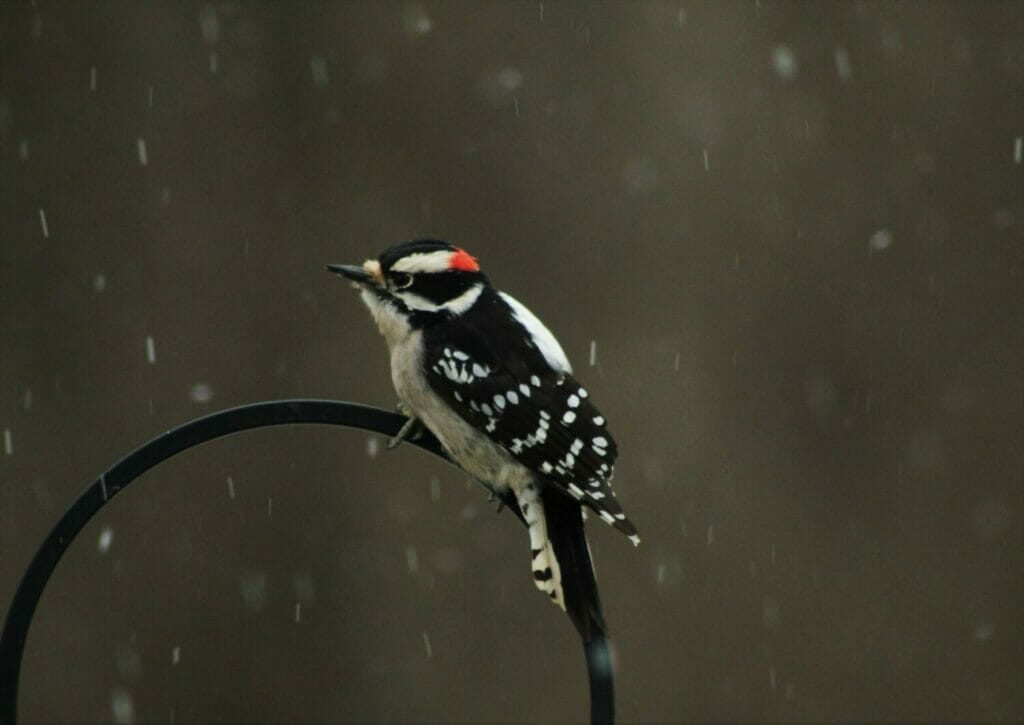
FAQ
There is lots of anecdotal evidence about changes in bird behavior regarding weather but there is also some scientific research showing that birds may be senstive to barometric pressure and they then respond accordingly.
It’s all about the feathers. Birds like the Snowy Owl, that live in the tundra have developed feathers that trap air which acts as insulation. Other birds migrate during very cold weather to warmer climes.
Seabirds like albatross and shearwater need windy weather and thrive it. Wind helps give them lift and fly for long periods of time.




